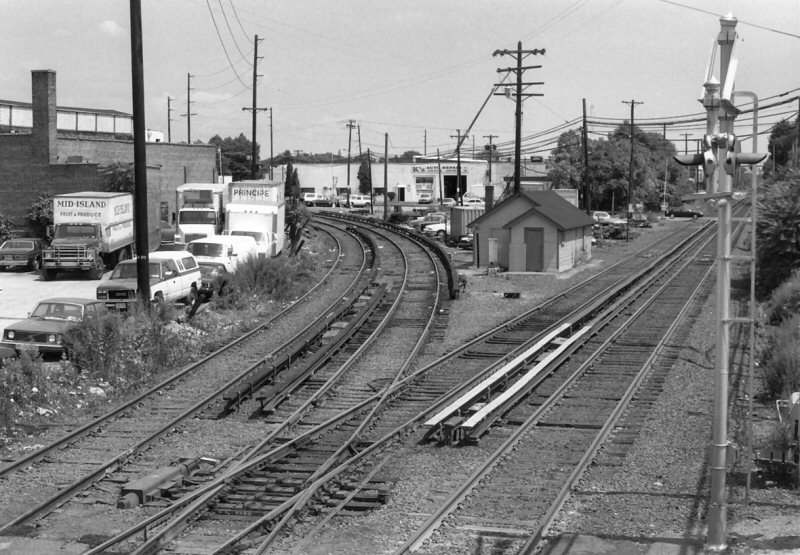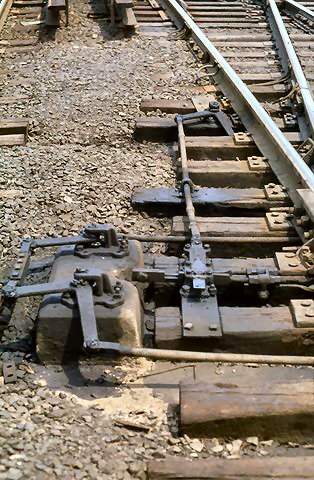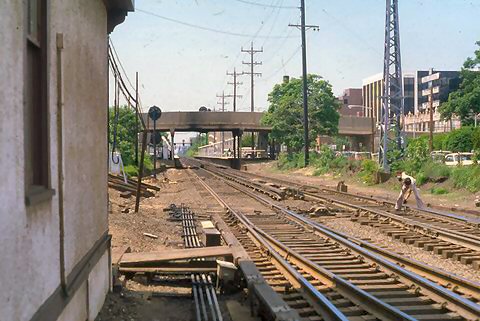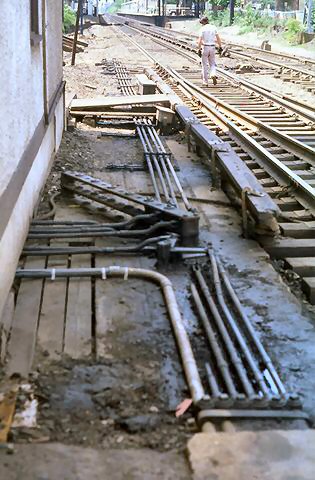by LINYARailfan
What is the official date Nassau Tower is scheduled to be razed? If it is actually in the next few weeks, is it going to be on a weekday or on a weekend? According to the original plans on a modernli, the Main Street Crossing isn't scheduled to be eliminated until February 2021. I would think that the Nassau Tower wouldn't be demolished until right before; est. January 2021. Only time will tell.



